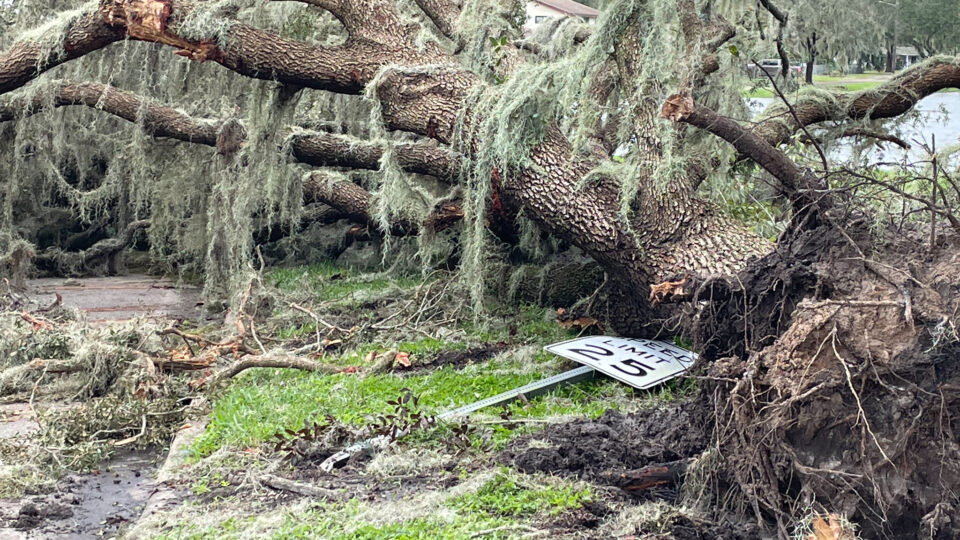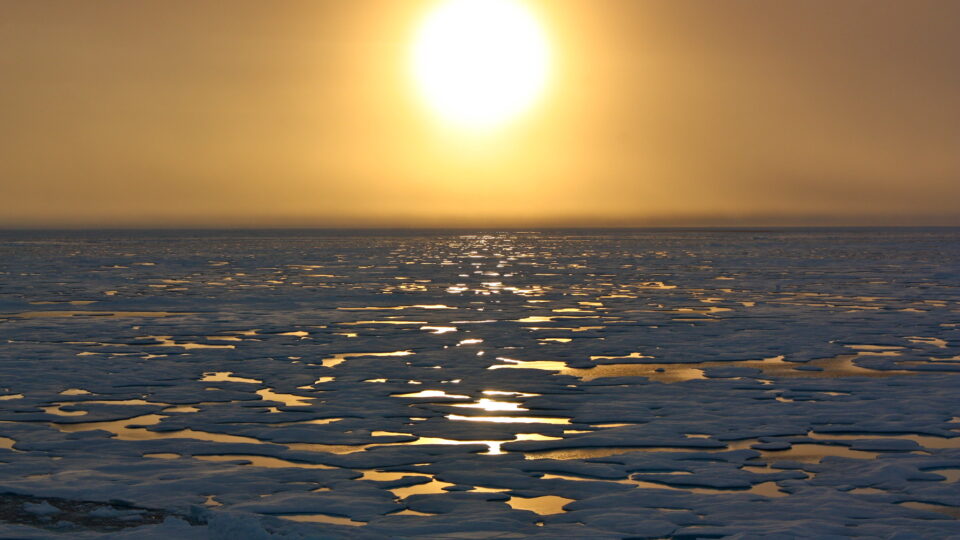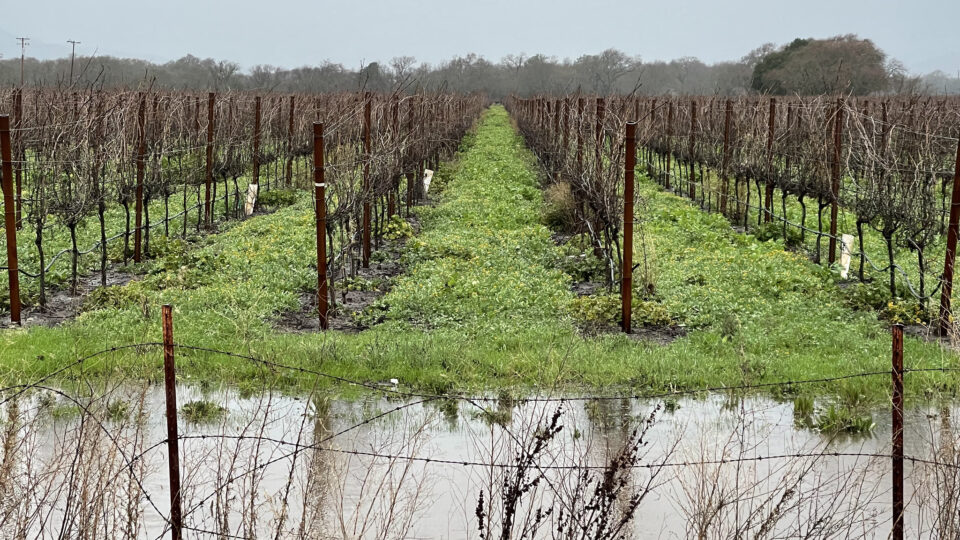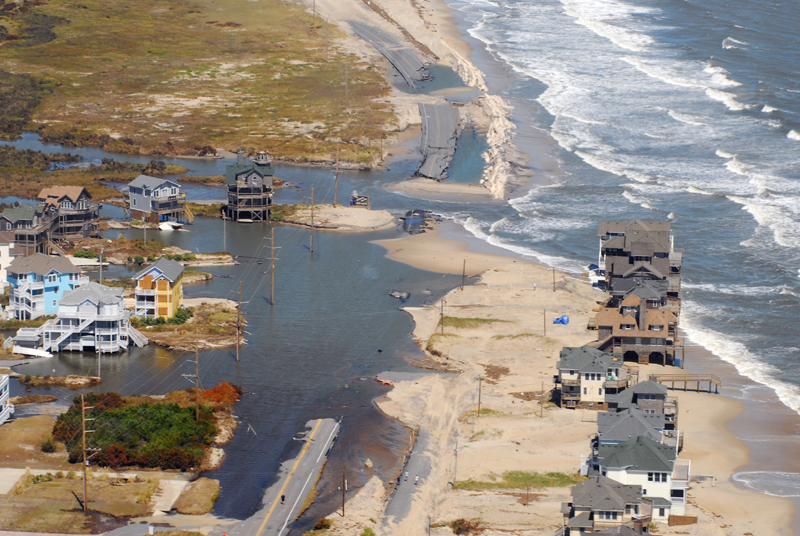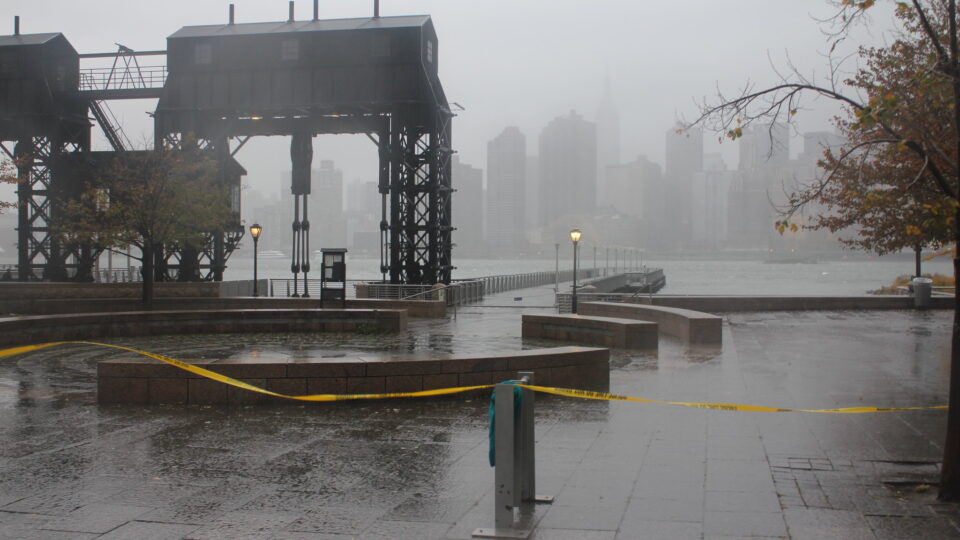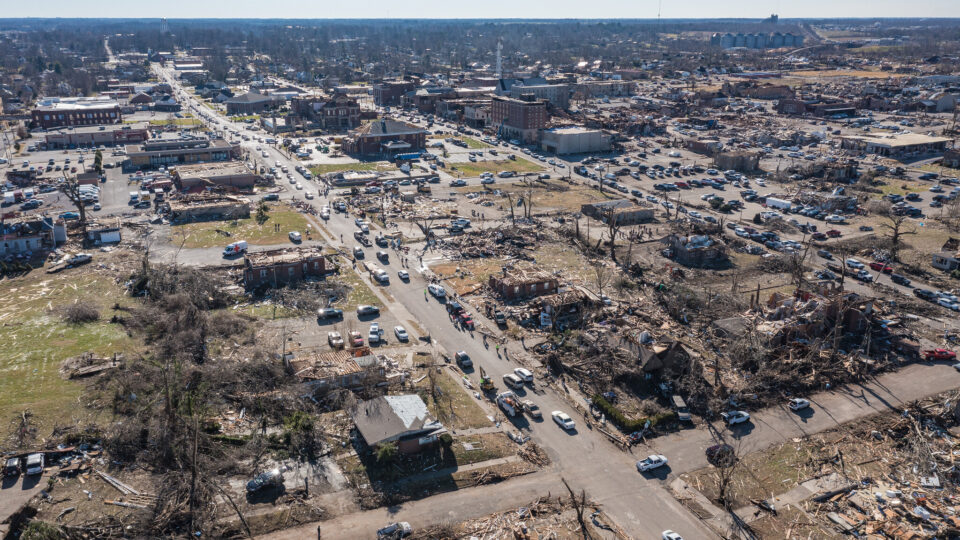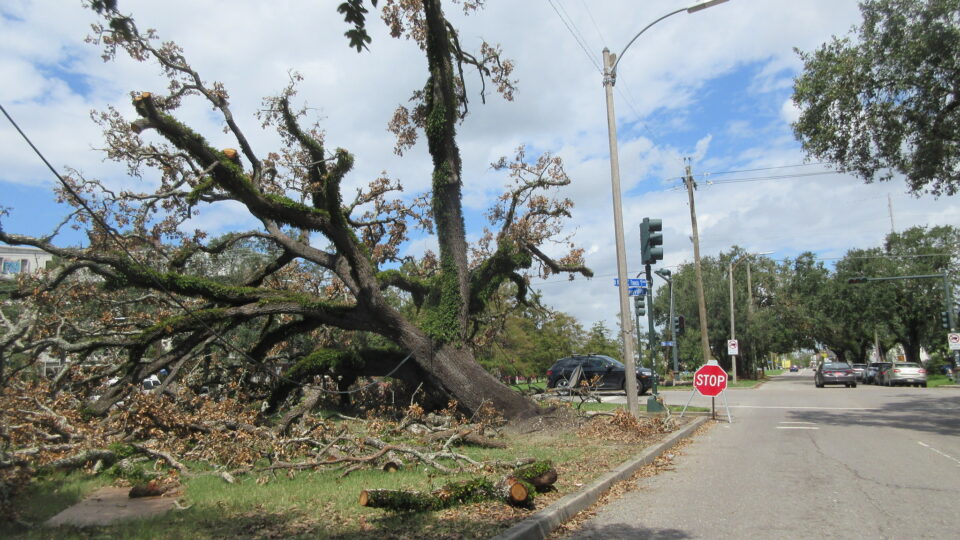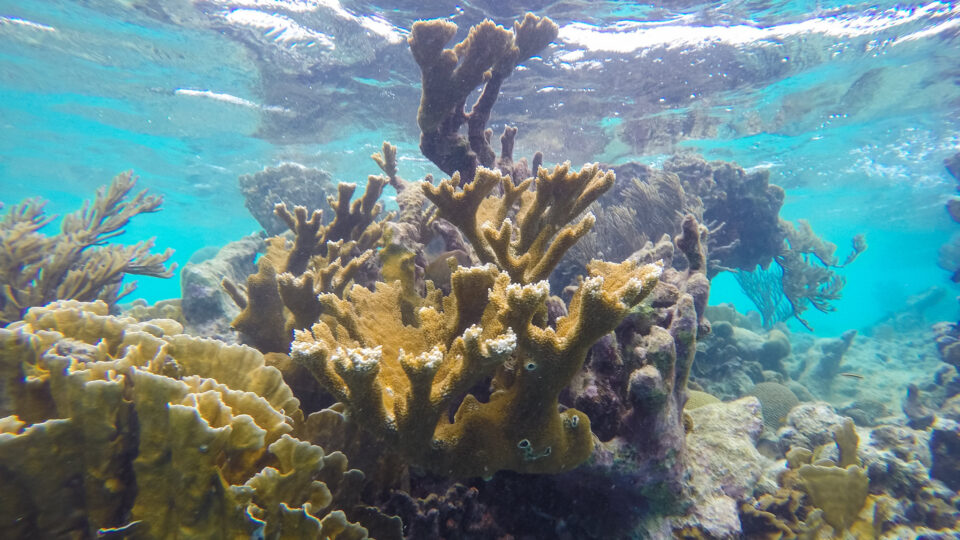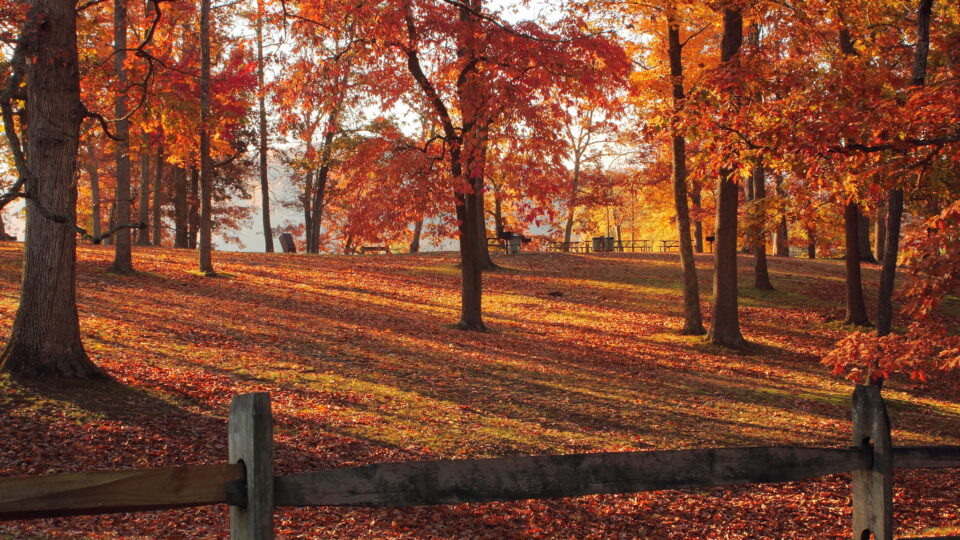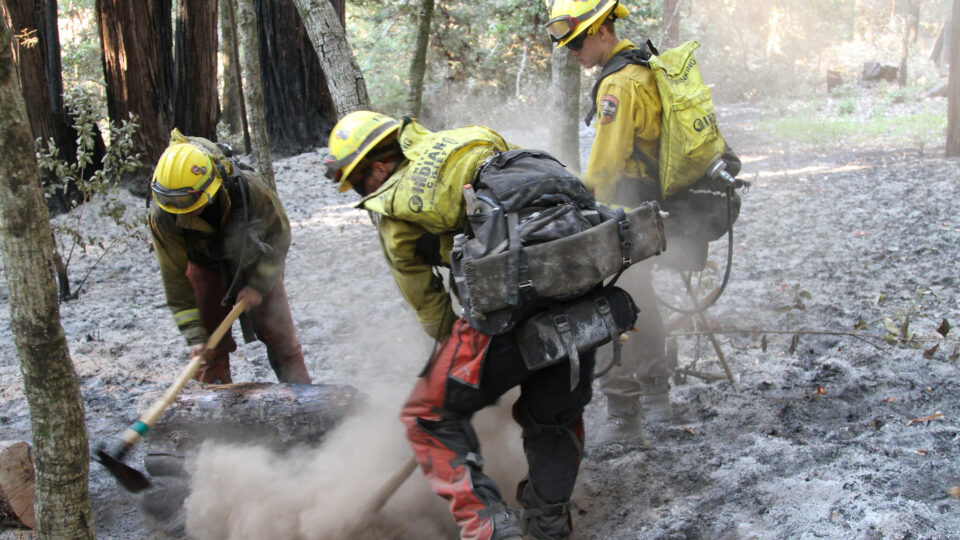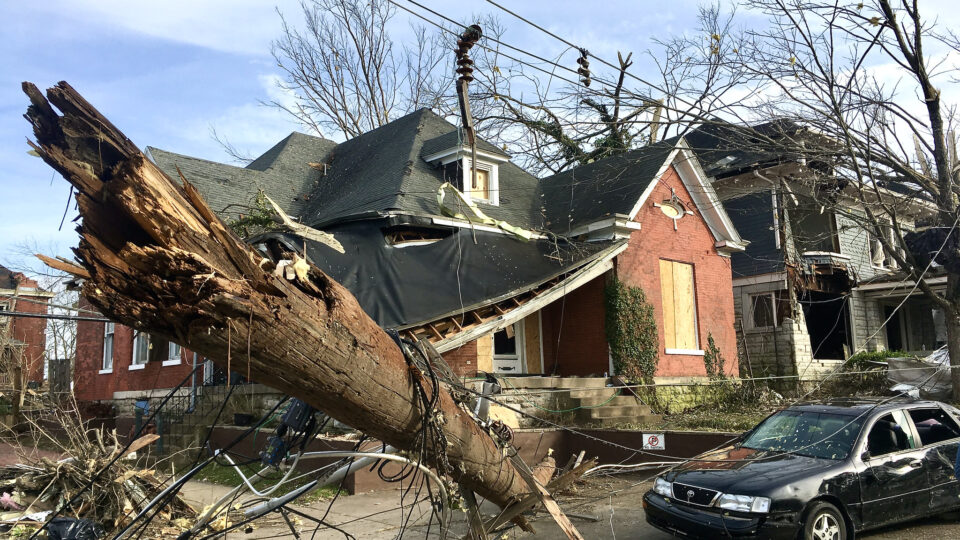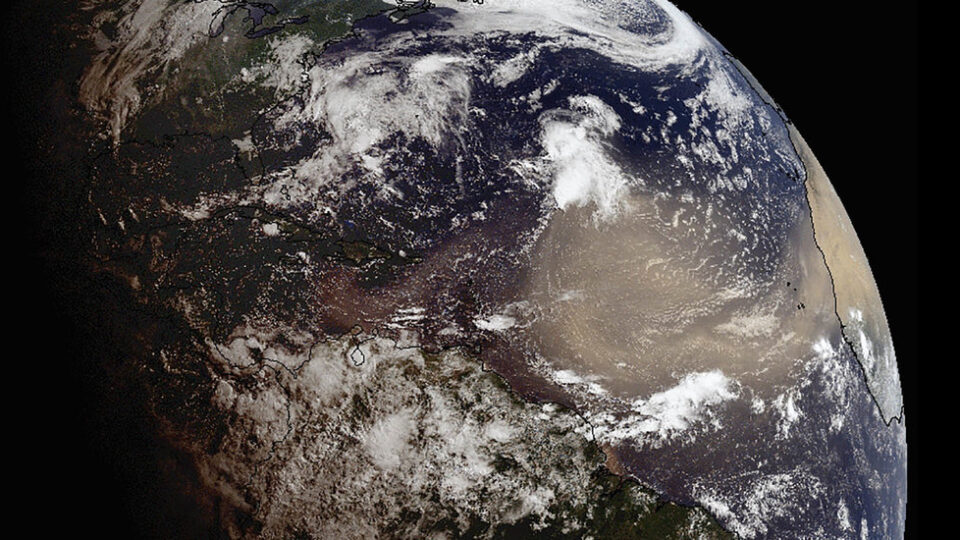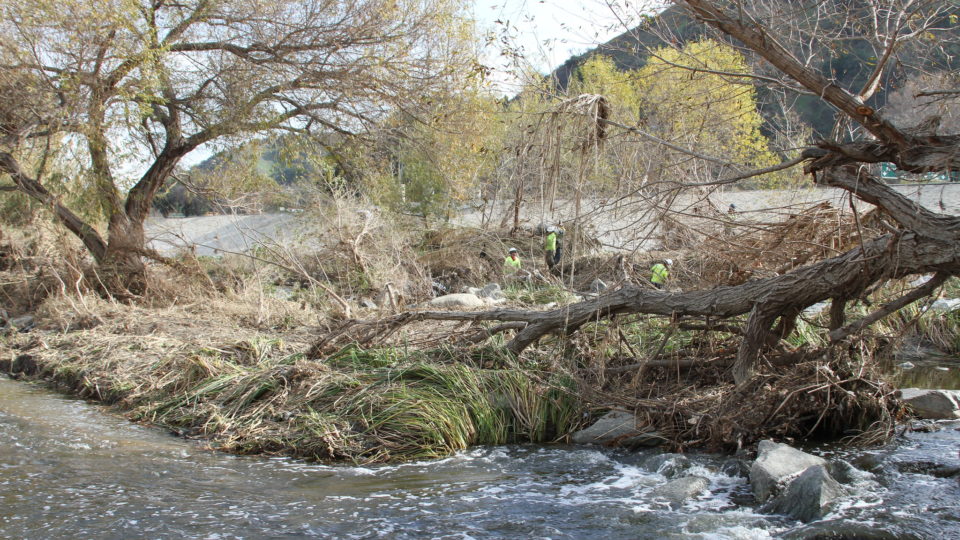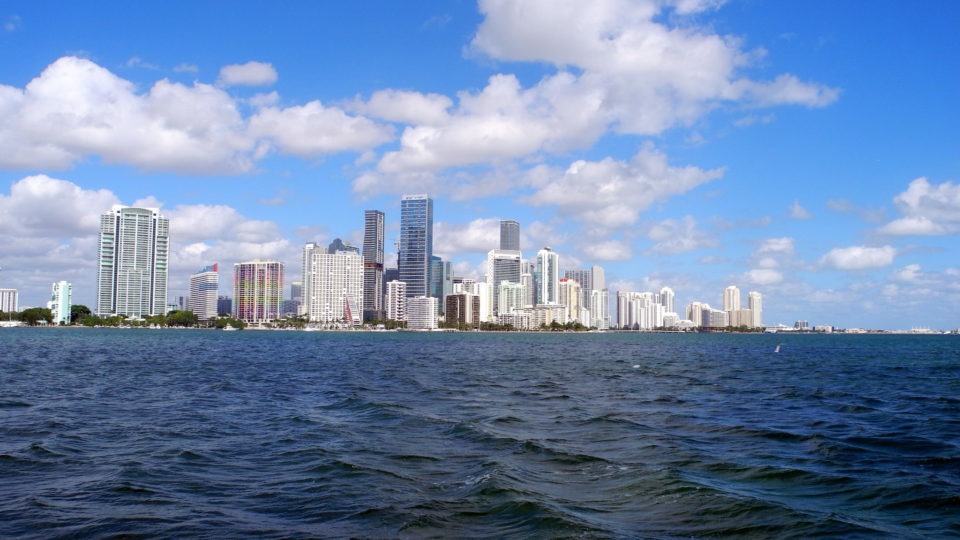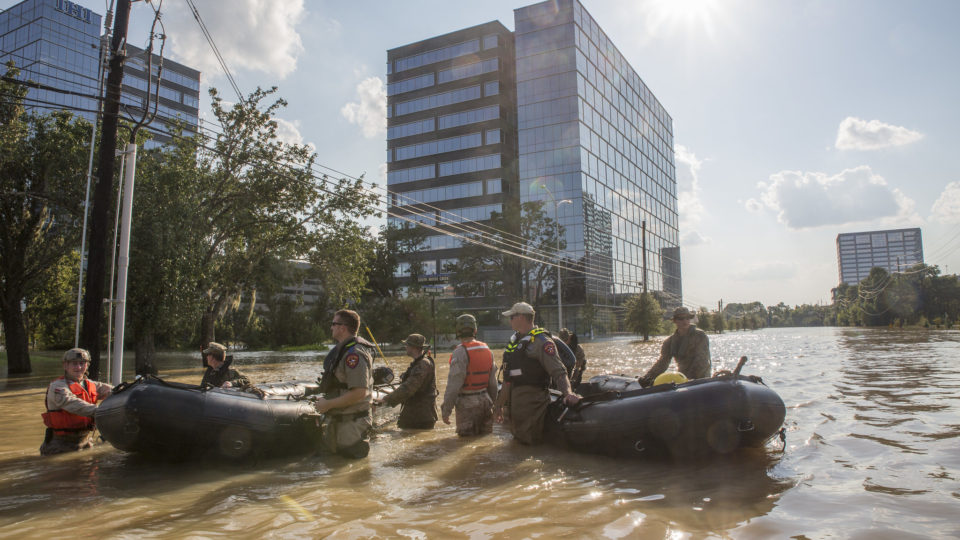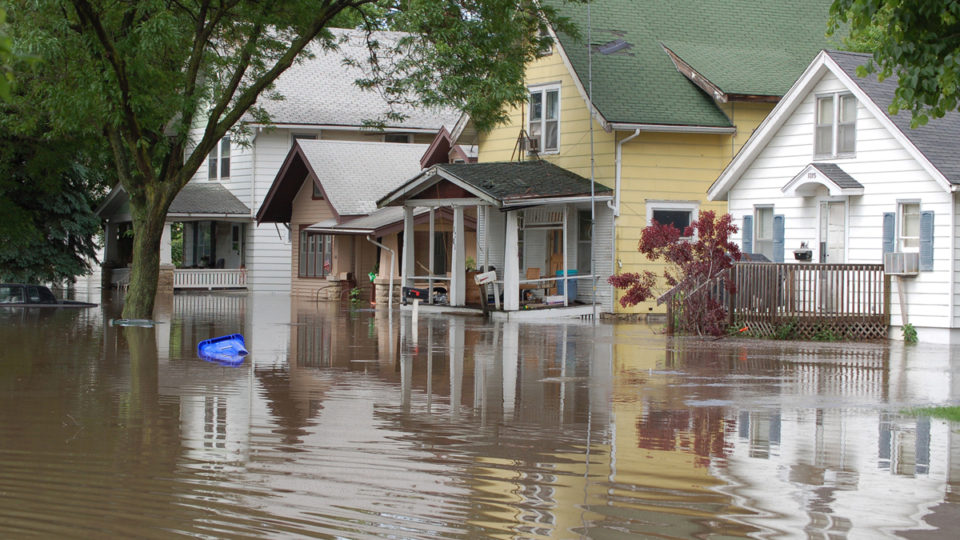All sorts of weather records were set in 2023 and pretty much none of them were good news. Among the most painful was that the U.S. suffered a record 25 weather- and climate-related disasters that caused more than a billion dollars in damage.
The increasing accumulation of greenhouse gases in the atmosphere has increased the frequency, intensity, and danger of extreme weather events of all types including hurricanes, severe storms, heavy rainfall, flooding, wildfire, extreme heat, and drought.
Between 1980 and 2022, the U.S. averaged eight billion-dollar weather disasters each year, according to data from the National Oceanic and Atmospheric Administration. Between 2018 and 2022, the average was 18 such disasters each year. Last year, it was a record 25, three more than the previous record set in 2020.
The onslaught of weather disasters has put considerable pressure on disaster relief and emergency services of all kinds. It seems like there are catastrophic events happening all the time; and in fact, there are. The average time between billion-dollar disasters has dramatically shrunk. In the 1980s, there was an average of 82 days between them. Between 2018 and 2022, the lull between billion-dollar disasters dropped to an average of just 18 days. For the first eleven months of 2023, the average time between billion-dollar weather disasters was just 10 days.
The global average temperature in 2023 was 1.4 degrees Celsius above the pre-industrial average and the effects have been increasingly dramatic. We can expect that the impacts will worsen with every bit of additional warming. There is no time to waste in taking climate action.
**********
Web Links
A Record Number of Billion-Dollar Weather Disasters Hit the U.S. in 2023
Photo, posted September 29, 2022, courtesy of State Farm via Flickr.
Earth Wise is a production of WAMC Northeast Public Radio
